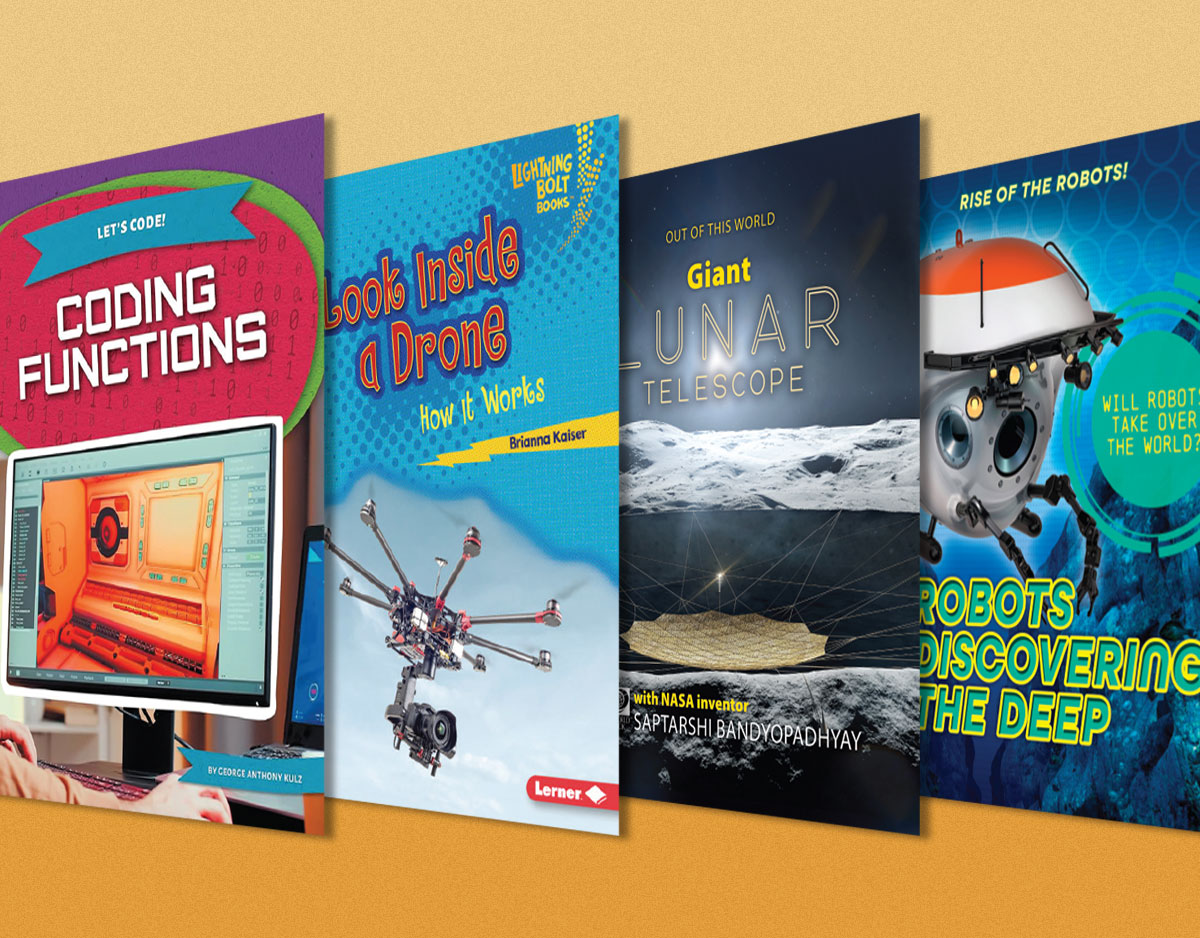Abe Lincoln’s Dream
-
Duet. Read Abe Lincoln Crosses a Creek aloud. Ask your students to explore the ways in which the author and the illustrator explain the work of the historian, and how difficult it can be to ever know “what really happened.” Next, read Abe Lincoln’s Dream. Use your students’ discussion of what might have happened in history and what could happen if the host of Abe Lincoln came to life as the lens for a deeper exploration of Abe Lincoln (see Further Explorations below for resources and our Teaching with Text Sets entry to learn more about the Duet model).
-
Duet. Pair this book with Myra Kalman’s Looking at Lincoln. How does each author use a little girl as a way to reveal important facts or details about our 16th president? How do the moods of each book compare and contrast? What about the illustrations? What similarities and differences can you find? What questions do your students now have after reading both books? Use their questions as a entry-point into researching various aspects of Lincoln’s life. See our Teaching with Text Sets entry to learn more about the Duet Model.
-
A Twist on the Presidential “Report.” Instead of having your students write traditional reports on presidents in February, use Abe Lincoln’s Dream as a mentor text for their writing. Students will conduct research on a president of their choice, but then use this book as a mentor text for writing a short work of fantasy that utilizes important themes and details from the president’s term in office. In doing so, you ask your students to synthesize what was most important about that particular president’s time in office, and the unfinished work about which he might pose questions.
-
The Art of the Book Trailer. After students have read Abe Lincoln’s Dream, have them brainstorm the mood of the book, and what themes they can identify. Next, have them watch the book trailer. Within the @90 second trailer, what moods emerge? How does music help to shape the mood in different parts of the book trailer? How do the moving components of illustrations change how students see the book? Who is the audience for the book trailer? Kids? Grown-ups? Both? Use this experience to have students, in pairs, explore the relationship between another picture book and its book trailer. Have them determine who they the audience for picture book trailers may be more generally. If you have the time, incorporate this into writing workshop, and have students write and illustrate their own picture books and picture book trailers.
-
The Motif of Flying. Explore the use of flying in fictional picture books, particularly as a motif in African-American literature of past and present. What do the stories have in common? How do they differ? What stories can your students create that include the motif of flying in one way or another? Some books that you might want to start with are: The People Could Fly, Aunt Harriet’s Underground Railroad in the Sky, Wings, and Tar Beach (see Further Explorations below).
-
Our White House. Use this book as an entryway into an exploration of the White House with your class. What are some of the unique features of the White House? How has it changed and adapted over time? In what ways did each First Family change the White House to fit their needs? One book that can serve many different roles in your exploration is Our White House, created by the National Children’s Book and Literacy Alliance.
- Illustrator Study. Have your students explore Lane Smith’s body of work. How does the work he does with other authors compare to the work he writes and illustrates on his own? What themes emerge in his writing? How does his writing and illustrating of historical topics differ from other topics? How does he use humor in his illustrations? Is humor the dominant “mood” in his illustrations? If you have the time, use this author study as a lens for your writing workshop as well, and have students writing and illustrating in the style of Lane Smith. Students might work in small groups modeling their craft after particular types of books that you have identified in your author study, to support one another in their efforts to model their work after their mentor’s.
http://www.ourwhitehouse.org/intro.html
Books
Hopkinson, D. (2009). Abe Lincoln crosses a creek:A tall, think tale. Ill. by J. Hendrix. New York: Schwartz and Wade.
Rappaport, D. (2008). Abe’s honest words. Ill. K. Nelson. New York: Hyperion.
ADVERTISEMENT
ADVERTISEMENT
Ringgold, F. (1992). Aunt Harriet’s Underground Railroad in the sky. New York: Crown Publishing.
Rhatigan, J. (2012). White House kids. Watertown, MA: Charlesbridge Publishing.
Filed under: Fiction Picture Books, Picture Books
About Mary Ann Cappiello
Mary Ann is a professor of language and literacy at Lesley University. A former public school language arts and humanities teacher, she is a passionate advocate for and commentator on children’s books. Mary Ann is the co-author of Teaching with Text Sets (2013) and Teaching to Complexity (2015) and Text Sets in Action: Pathways Through Content Area Literacy (Stenhouse, 2021). She has been a guest on public radio and a consultant to public television. From 2015-2018, Mary Ann was a member of the National Council of Teachers of English's Orbis Pictus Award for Outstanding Nonfiction (K-8) Committee, serving two years as chair.
ADVERTISEMENT
ADVERTISEMENT
SLJ Blog Network
Name That LEGO Book Cover! (#53)
Cover Reveal and Q&A: The One and Only Googoosh with Azadeh Westergaard
Exclusive: Vol. 2 of The Weirn Books Is Coming in October | News
Fighting Public School Book Bans with the Civil Rights Act
Take Five: Middle Grade Anthologies and Short Story Collections
ADVERTISEMENT







